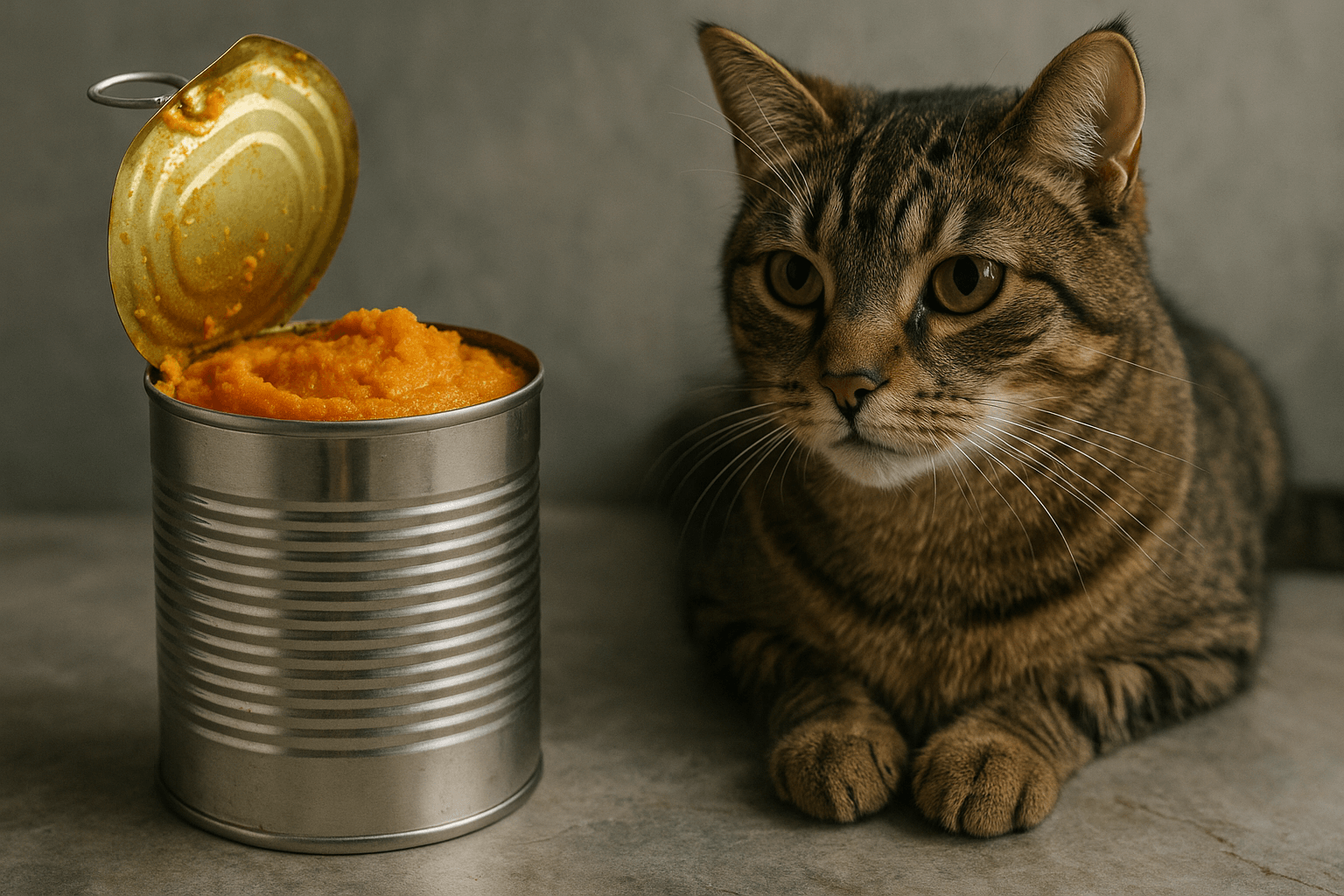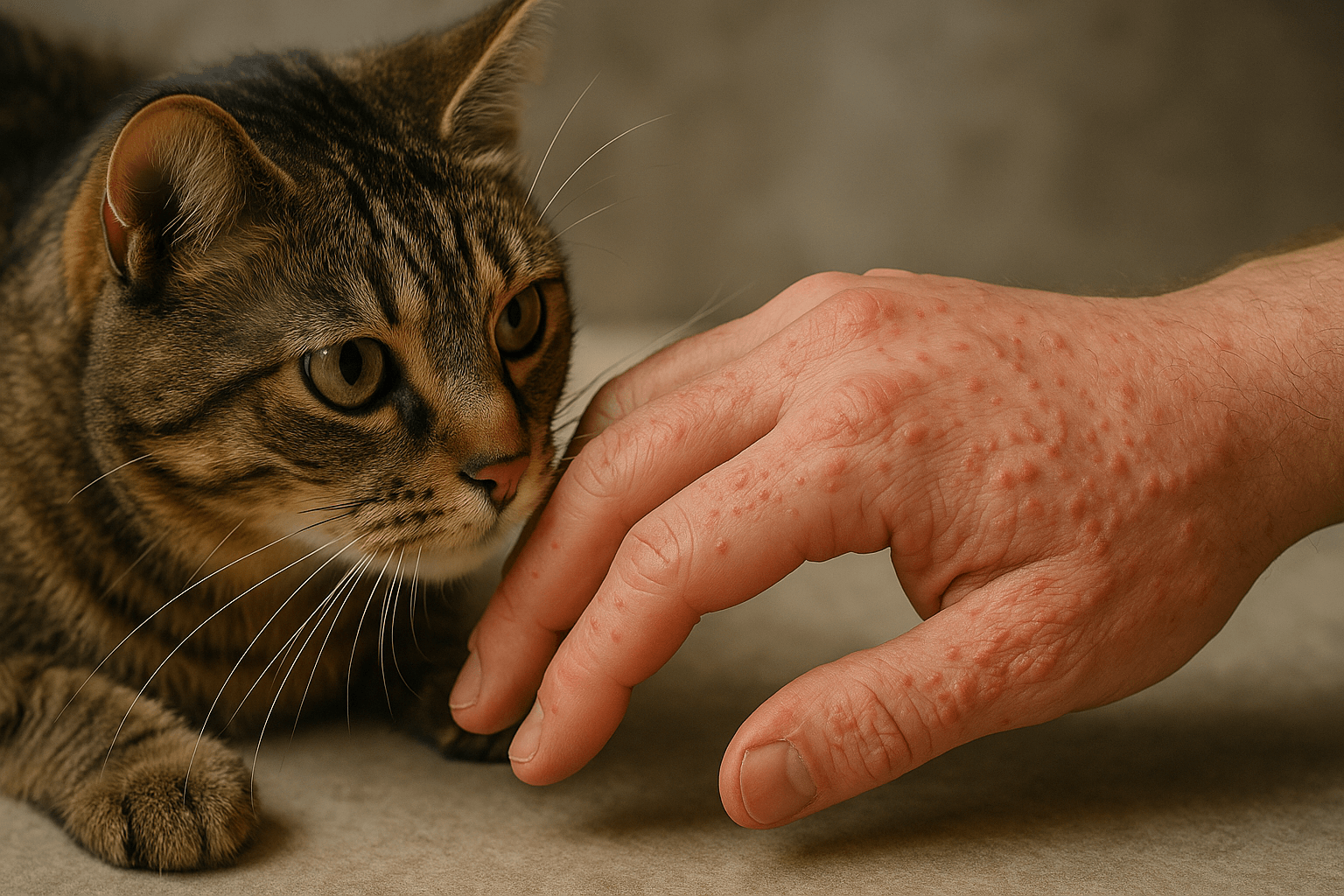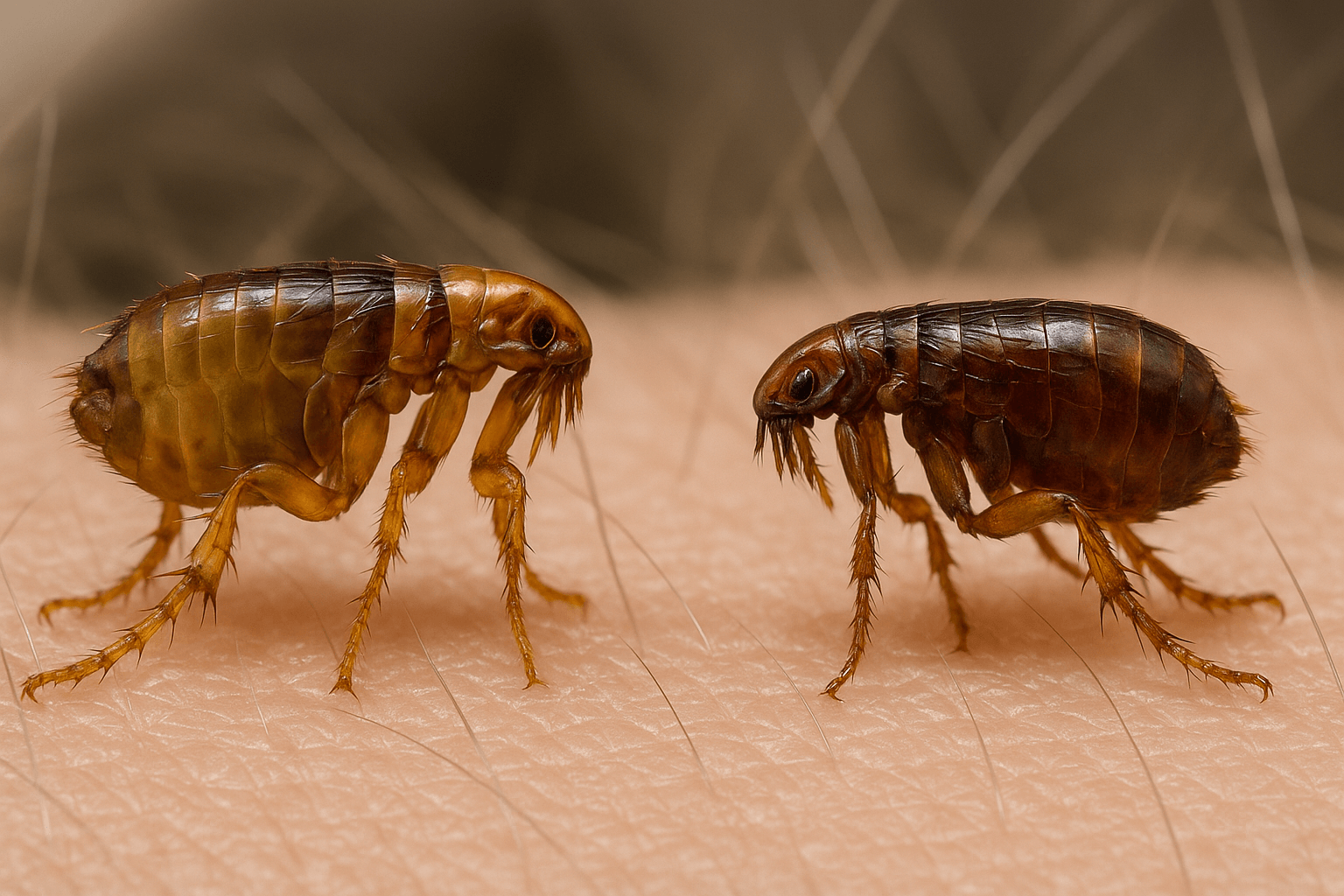Can Dogs Eat Arugula?
When it comes to feeding our furry friends, many pet owners wonder whether certain human foods are safe for dogs. Arugula, a leafy green vegetable known for its peppery flavor and nutritional benefits, often raises questions among dog owners. Is arugula a healthy snack for dogs, or could it pose risks to their health? The good news is that arugula is generally safe for dogs in moderation, but there are important considerations to keep in mind. In this blog post, we’ll explore everything you need to know about feeding arugula to your dog, including its benefits, potential risks, and tips for introducing it into their diet safely.
Benefits of Feeding Arugula to Dogs
Arugula is packed with nutrients that can benefit your dog’s overall health when offered in appropriate amounts. Here are some of the key advantages of adding this leafy green to your dog’s diet.
Rich in Vitamins:
Arugula contains vitamins A, C, and K, which support immune function, vision, and bone health in dogs.High in Fiber:
The fiber content in arugula promotes healthy digestion and can help regulate bowel movements.Low in Calories:
As a low-calorie food, arugula makes a great snack option for dogs watching their weight.Antioxidant Properties:
The antioxidants in arugula help combat oxidative stress and may reduce inflammation in your dog’s body.Hydration Support:
With a high water content, arugula can contribute to your dog’s daily hydration needs.
While arugula offers these benefits, it’s important to introduce it gradually and in moderation to avoid digestive upset.
Potential Risks of Feeding Arugula to Dogs
Although arugula is generally safe, there are some risks to be aware of before offering it to your dog. Understanding these potential downsides ensures you make an informed decision about including arugula in their diet.
Strong Flavor May Not Be Appealing:
Some dogs may dislike arugula’s peppery taste and refuse to eat it altogether.Digestive Upset in Large Quantities:
Too much arugula can cause gas, diarrhea, or stomach discomfort due to its fiber content.Pesticide Residue Risk:
Conventionally grown arugula may contain harmful pesticides, so always wash it thoroughly before serving.Allergic Reactions (Rare):
While uncommon, some dogs may have an allergic reaction to arugula, such as itching or swelling.Calcium Oxalate Content:
Arugula contains small amounts of oxalates, which could contribute to kidney stones in susceptible dogs.
By being mindful of these risks, you can ensure that arugula remains a safe and enjoyable treat for your dog.
Check this guide 👉Can Dogs Eat Sugar Snap Peas? Best 7 Expert Tips!
Check this guide 👉Can Dogs Eat Dandelions? Best 7 Expert Tips!
Check this guide 👉Can Dogs Eat Turkey Bones? Best 7 Expert Tips!

Safe Ways to Serve Arugula to Dogs | Foods to Avoid Mixing with Arugula |
|---|---|
Plain, chopped arugula as a snack | Arugula mixed with garlic or onions |
Lightly steamed to soften the texture | Arugula tossed in oil or dressings |
Mixed with plain cooked chicken or rice | Arugula combined with salty snacks |
Pureed and added to homemade dog food | Arugula paired with sugary toppings |
Small amounts sprinkled over kibble | Arugula served with dairy products |
How to Safely Introduce Arugula to Your Dog’s Diet
If you’re considering adding arugula to your dog’s meals or snacks, it’s essential to do so carefully. Follow these steps to ensure a smooth and safe introduction.
Start with Small Portions:
Offer a tiny amount of arugula at first to see how your dog reacts and to prevent digestive issues.Monitor for Allergic Reactions:
Watch for signs of allergies, such as itching, swelling, or gastrointestinal distress, after feeding arugula.Wash Thoroughly:
Rinse arugula under cold water to remove dirt, bacteria, and pesticide residues before serving.Avoid Seasonings or Dressings:
Serve arugula plain, without adding salt, spices, oils, or other ingredients that could harm your dog.Consult Your Veterinarian:
If you’re unsure whether arugula is suitable for your dog, seek advice from your vet, especially if they have underlying health conditions.
These precautions will help you incorporate arugula into your dog’s diet safely and responsibly.
Signs Your Dog May Not Tolerate Arugula
Not all dogs will enjoy or tolerate arugula, even if it’s considered safe for most. Look out for these signs that indicate your dog may not handle it well.
Vomiting or Diarrhea:
These symptoms suggest that your dog’s digestive system is struggling to process arugula.Loss of Appetite:
If your dog refuses to eat after trying arugula, it could signal discomfort or dislike.Excessive Gas:
Increased flatulence may occur if your dog consumes too much arugula at once.Lethargy or Discomfort:
Signs of fatigue or restlessness could indicate an adverse reaction to the vegetable.Skin Irritation or Swelling:
Allergic reactions may manifest as redness, itching, or swelling around the face or paws.
If you notice any of these signs, discontinue feeding arugula and consult your veterinarian promptly.
Common Mistakes to Avoid When Feeding Arugula to Dogs
Feeding arugula to your dog requires attention to detail to avoid mistakes that could compromise their health. Here are some pitfalls to watch out for.
Overfeeding Arugula:
Giving too much arugula can overwhelm your dog’s digestive system and lead to discomfort.Mixing with Harmful Ingredients:
Never combine arugula with toxic foods like onions, garlic, or excessive fats.Skipping the Washing Step:
Failing to wash arugula increases the risk of exposing your dog to harmful pesticides or bacteria.Ignoring Individual Preferences:
Not all dogs enjoy the taste of arugula—forcing them to eat it can create negative associations.Assuming It’s a Complete Meal Replacement:
Arugula should complement your dog’s diet, not replace balanced meals or essential nutrients.
Avoiding these mistakes ensures a positive experience for both you and your dog.
Alternative Leafy Greens for Dogs
If your dog doesn’t enjoy arugula or you’d like to explore other options, several leafy greens can provide similar nutritional benefits.
Spinach:
High in iron and antioxidants, spinach supports muscle function and overall vitality—but feed sparingly due to oxalates.Kale:
Rich in vitamins A, C, and K, kale boosts immunity and promotes healthy skin and coat.Romaine Lettuce:
Low in calories and high in water content, romaine lettuce is a hydrating and crunchy snack.Swiss Chard:
Packed with vitamins and minerals, Swiss chard supports bone health and energy production.Bok Choy:
This Asian green is loaded with calcium and vitamin C, making it a nutritious choice for dogs.
These alternatives offer variety and nutritional value for your dog’s diet.
Fun Ways to Incorporate Arugula into Your Dog’s Diet
Adding arugula to your dog’s meals doesn’t have to be boring! Here are some creative ways to make it more appealing and enjoyable.
Blend into Smoothies:
Combine arugula with plain yogurt, blueberries, and a bit of water for a refreshing treat.Freeze in Ice Cubes:
Puree arugula with water or broth, pour into ice cube trays, and freeze for a cool summer snack.Stuff Inside Toys:
Mix chopped arugula with peanut butter or pumpkin puree and stuff it into interactive toys for mental stimulation.Sprinkle Over Meals:
Finely chop arugula and sprinkle it over your dog’s regular food for a nutrient boost.Pair with Favorite Foods:
Serve arugula alongside your dog’s favorite treats, like boiled chicken or sweet potatoes, to encourage acceptance.
These ideas make arugula a fun and enticing part of your dog’s diet.
Frequently Asked Questions About Dogs and Arugula
How much arugula can I feed my dog?
Stick to small amounts—no more than a few leaves per serving—and offer it occasionally rather than daily.
Can puppies eat arugula?
Puppies have sensitive digestive systems, so it’s best to avoid arugula until they’re older and fully developed.
Is cooked arugula better than raw?
Both are safe, but lightly steaming arugula can make it easier for dogs to chew and digest.
What should I do if my dog accidentally eats a lot of arugula?
Monitor them closely for signs of digestive upset, and contact your vet if symptoms persist.
Are other leafy greens safer for dogs?
Yes, alternatives like spinach, kale, and lettuce are also nutritious options, though moderation is key for all greens.
Feeding Arugula to Your Dog: A Balanced Approach
Arugula can be a healthy and nutritious addition to your dog’s diet when offered in moderation and prepared safely. Its rich vitamin content and low-calorie profile make it a great occasional snack, but it’s important to be mindful of potential risks and individual tolerances. By following expert guidelines and consulting your veterinarian, you can ensure that arugula enhances your dog’s nutrition without causing harm. Remember, every dog is unique, so pay attention to their preferences and reactions to determine if arugula is right for them. With careful consideration, you can provide your furry friend with a varied and wholesome diet.
Canned Pumpkin for Cat Diarrhea: Best 7 Expert Tips! Natural remedy to firm stools, soothe upset bellies, and support gut health safely.
Can a Cat Give You Scabies? Best 7 Expert Tips! Discover the truth about feline mites, human skin risks, and how to protect yourself—without panic.
Cat Flea vs Human Flea: Best 7 Expert Tips! Discover the truth about bites, species, and how to eliminate infestations for good.
Weird Cat Behaviors: Best 7 Expert Tips! Discover why cats do strange things—and how to understand, not punish, their instincts for a happier home.




